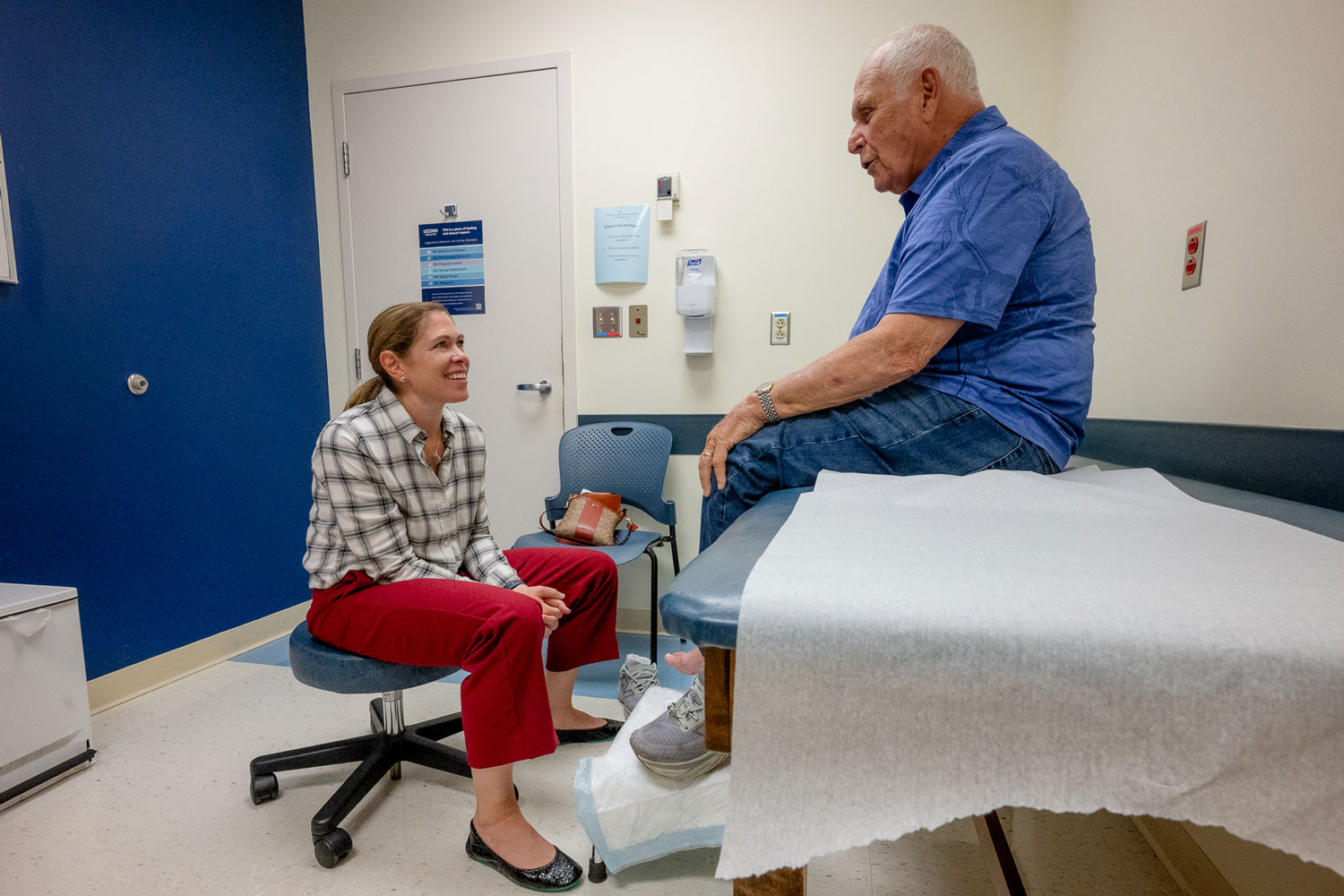A team of graduating seniors in the Biomedical Engineering (BME) program has designed and developed a novel recreational go-kart for a 10-year-old boy afflicted with cerebral palsy. The students — James Paolino, Alexander Jadczak, Eric Leknes and Tarek Tantawy — developed the new design for their senior design challenge, which is the culminating course for all engineering seniors.
 Dr. John Enderle, Director of the BME program, administers and advises the senior design teams, whose design challenges begin in the fall. The two-semester course sequence is intended to provide students genuine design challenges that require them to apply concepts and principles learned in their coursework toward the development of a working device or system intended to address a biomedical need. The National Science Foundation funds many of the design challenges taken up by BME seniors.
Dr. John Enderle, Director of the BME program, administers and advises the senior design teams, whose design challenges begin in the fall. The two-semester course sequence is intended to provide students genuine design challenges that require them to apply concepts and principles learned in their coursework toward the development of a working device or system intended to address a biomedical need. The National Science Foundation funds many of the design challenges taken up by BME seniors.
According to student James Paolino, the team began its design efforts in the fall after meeting with their client, Sean. The boy’s condition resulted from insufficient oxygen at birth, which damaged portions of the brain that control muscle movement. Consequently, Sean has limited fine-motor skills and reduced gross motor skills as well, making it impossible for him to operate a traditionally designed go-kart. Like many youngsters, Sean loves anything having to do with cars and enjoys time spent outdoors.
In considering the challenge, the students said they wanted to design a vehicle that would allow Sean to enjoy the experience of a conventional go-kart. Rather than retrofit an existing vehicle, they decided to design and build their prototype from the ground up to meet his explicit needs.
When the team began their project, they drew up a list of the features they felt were critical design components. Their overriding criterion was safety. The custom-made, 600 lb. go-kart is gas powered and features power brakes, steering, throttle, seat and a key start. In addition, the team has fitted it with three types of control: remote, joystick, and a steering wheel with pedal control. The remote control feature — paired with an external monitoring system — ensures the go-kart is never unmanageable. Sean’s parents will handle the remote control when he uses the custom-made go-kart.
The four teammates took turns both driving and controlling the vehicle in various test runs around campus. Eric commented that “Driving by remote control starts out a little intense, but you get used to it after a while.” Alexander agreed. “Being driven around by remote control takes some trust in the operator. It’s like an amusement park ride….It’s awesome.”
Other features include a roll cage and an ergonomic bucket seat, positioned at 90 degrees, which is equipped with a racing harness and waist restraint. The vehicle is capable of speeds between five and 35 miles per hour and can safely maneuver uneven terrain, including jumps. James estimates the value of the vehicle as approximately $7,300. The project is funded by the National Science Foundation and benefitted from generous parts donations.
The go-kart — to be displayed in the Student Union during the Senior Design Demonstration events on Friday, May 1 — was a lot of work, according to James. But he deemed it “Completely worth it and a ton of fun to drive.”


